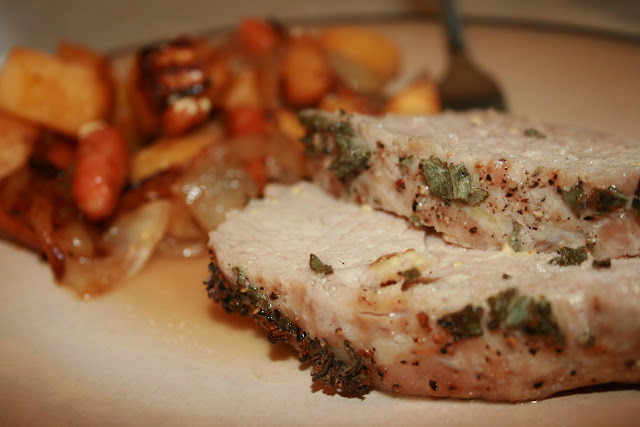Coffee is a drink that is and always has been in constant debate. The constant questions of are: Is it right for you? Is it bad for you? How much is too much? Can you really give up coffee altogether? These are questions coffee drinkers are always being reminded of in today’s health conscious society. Many people have heard friends and loved ones voicing concerns over their coffee drinking. Yet, many of us turn to that cup or two of Joe every morning and sometimes in the afternoon, as well. So, what are the answers to these questions? Are we safe drinking coffee?
Most people have probably heard of all of the illnesses and issues that coffee causes allegedly. Everything from stunting the drinker’s growth to promoting the growth of cancer cells has been linked to coffee, or has it? Studies in the past were often conducted without taking other factors into consideration. Luckily, many studies are conducted on drinking coffee. Other factors are realized and noted during the survey, and the results may be shocking.
The good news is that coffee has not been linked to cancer cell growth or heart disease. Recent studies included factors like smoking and obesity along with the coffee drinking. Drinking coffee in large amounts over an extensive period of time can cause some health issues like an elevation in cholesterol levels. Also, if your body has trouble metabolizing the coffee, it can affect the heart. The faster the body metabolizes the coffee, the better.
While that is good news, one has to wonder if there are any health concerns for coffee drinkers. There is some concern for the excessive coffee drinker. The moderate coffee drinker does not have to worry as much about these issues because they are spacing out their coffee intake and allowing the body to consume other drinks, other vitamins, and other nutrients.
One concern for coffee drinkers, especially large amounts of coffee, is the caffeine in coffee. Caffeine is a mild stimulant, and it can be addictive. The caffeine could increase the heart rate, elevate the blood pressure, and promote a suddenly irregular heart rate. These are typically temporary conditions that occur during the coffee intake, but it can become a serious issue if not monitored. Also, these are usually evident when large amounts of coffee are being consumed on daily basis.
It has been confirmed through research and continuous studies that coffee drinking, in moderation, is not harmful. Actually, the results show that moderate coffee drinking has many benefits. For starters, coffee drinking can protect the body against diseases like type 2 diabetes, liver cancer, Parkinson’s disease, and gallstones. The coffee has also been recognized as depressing the growth of cancer cells in the colon. The benefits of coffee can sometimes be witnessed by those around the coffee drinker because coffee has also been known to improve cognitive function and strengthen endurance.
Many of us drink coffee because it gives us a boost. You may drink coffee to wake up in the morning or to stay awake during the day. Long shifts on the job, late night studying for a test, or simply remaining alerted during dinner sometimes require the help of coffee. This is normal and considered a good idea. Keep in mind that studies show that drinking coffee in small amounts throughout the day will help you remain alert. This is especially true if you are not adequately rested. Perhaps you did not sleep well last night and have to go to work or school; coffee will help you stay alert and get through the day. Instead of drinking 8, 12, or 16 ounces all at once, try dividing the coffee into a couple of ounces every so often. The continuous flow of coffee will generate alertness for longer periods of time.
Drinking coffee has been and always will be a personal choice, but understanding what the health concerns or benefits are can help you make a wise choice. The adage, everything in moderation, should be kept in mind when deciding what to drink. While coffee does not have the health concerns many thought it did, it is not sensible to drink only coffee all day long.
Image: Flickr














